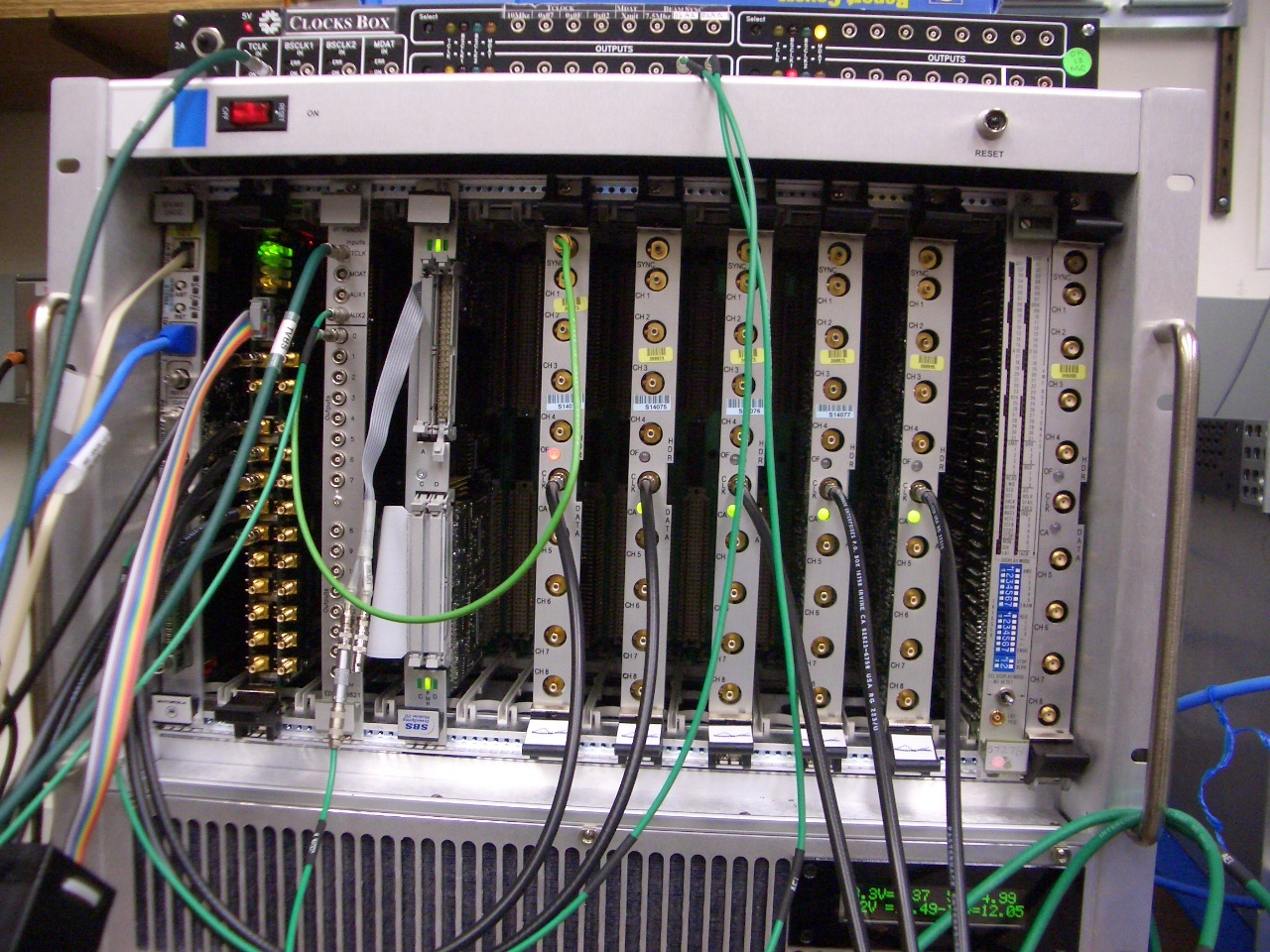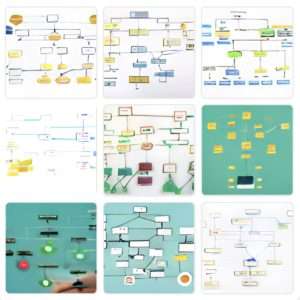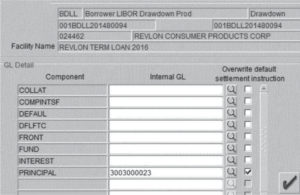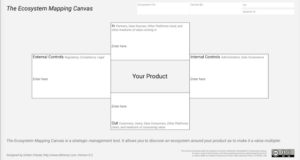First Published in 2007 when I was working at Wind River. Great to see how much I got right 🙂
Embedded software tended to be incidental. Typically hidden, with very specific and limited functionality, it tended to be home-made and one-off answer. There is now a shift in the market and the software inside a device (increasingly being referred to as Device Software to differentiate from Embedded Software), is fast becoming the brains of a device and for businesses, the way to differentiate their product in the market.
Device Software Optimization recognizes this and is a way to address this strategic opportunity. It is an integrated and end-to-end solution that spans across the enterprise.
This shift of focus from Embedded Software to Device Software Optimization is a sign of maturing of our industry.
Only 2% of the world’s microprocessors are in desktop computers. The rest? They are in devices like Cell Phones, Set-top Boxes, Industrial Robots, Cameras, Airplane controls and even heart Pace Makers. Today, these device manufacturers are increasingly getting involved in software. Their job is just getting harder.
Consider this: As per independent surveys, 66% of Device software designs complete behind schedule, 24% cancelled before completion and 33% produced devices that do not meet performance or functionality requirements. Five years from now, there would be an estimated 14 billion intelligent and connected devices. With statistics like above, the Device Software industry is seeing mounting pressures.
Today’s device is increasingly complex on the inside, but increasing user-friendly on the outside. There is a convergence of technologies and connected devices now offer multiple ways to connect. My Cell phone is my business organizer, lets me send and receive email, browse the web, has a camera and is extremely user-friendly. Talking about connectivity, I can connect to it using IR, Bluetooth and USB. And then I can always take out the memory card it uses and directly transfers data to and from my computer.
Few days after I bought this expensive phone, my wife showed me a similar phone by another manufacturer. It has one extra feature I would really love to have ?- an mp3 player. But that phone was late to hit our Market and I had already spent all my money. Not to mention the next version of my phone that hit the market a few weeks after.
Competitive pressures are real. Time-to-market, cost and quality can affect business as much as device capabilities. Those involved in device development are feeling this pain and a new market-driven mandate is being accepted? Standardization, choice and flexibility, partnering and global best practices.
Standardization is imperative
Standardization in technology is happening not just across the enterprise, but across the industry. Choice and Flexibility is to opt for the best solution based on options and not lack of them. Partnering is driving focus and competence so that a company does not have to stretch itself to provide all pieces so they can focus on what they do best and create products that differentiate themselves in the market. Global Best Practices allows standardization of practices as per global standards that are known to work best for that situation.
While Device requirements and Competitive pressures are external factors, there is an equal and internal source of pain- Disparate Development. Today’s intelligent device is run by over a million lines of code. Development tools do not scale to the entire enterprise. Within a company, there are different sets of tools being used and many times with overlapping functionality. That leads to issues with usage of non-integrated middle-ware from open source or third party and re-training for each set of tools. At times, multiple kernels and multiple variations for packages need to be considered and/or maintained. Then there are the huge impacts arising due to silicon changes.
This is where an optimized approach to device software is needed. Device Software Optimization (DSO) as an acronym was coined by Wind River a few years back. John Bruggeman, Chief Marketing Officer, Wind River CMO breaks it down as a fancy way of saying, “Let common sense prevail”.
DSO is a holistic, enterprise-wide solution to the challenges generated by increasing complexity in developing and running device software. Key tenets of the DSO solution include standardization of technologies and processes across projects, teams, and sites, and the embrace of open standards to provide companies with the broadest possible choice of tools, technologies, and architectures.
Whereas Project Managers may focus on their teams, a CTO need not make a one-off decision for each product based on one company offering a cheaper product. With the standardization of technologies and processes, a team member does not have to undergo a learning curve for tools and process when moving from one project to another. Once adopted, DSO leads to solutions that are differentiated by execution, performance, scalability, and ROI.
Like every new thought/process, it will also undergo the whole hype-cycle before achieving full adoption. Already, major software vendors like Wind River, Green Hills Software and Enea are promoting DSO in the marketplace. The term has also been given a stamp of approval by at least three industry watchers: Gartner, Venture Development Corp. and Interarbor Solutions. The acceptance of DSO is increasing among the customers too.
Companies are increasingly making more strategic decisions concerning Device Software. A one-off decision based on one company offering a cheaper product is no longer a consideration. The market is seeing this happen with more and more companies.
A Strategy like DSO offers to minimize the challenges of the complexity of intelligent Devices in a no-device-is-an-island world.
[Published in CyberMedia India Online Ltd. on April 20, 2006]



